What treatment options are available?
Nonsurgical Rehabilitation
Your initial treatment for intersection syndrome at One Wellness will aim to decreasethe inflammation and pain around the area. Simply icing your wrist can often assist with the inflammation and relieve a great deal of the pain. In cases of more chronic pain, heat may be more useful. Your physiotherapist may also use electrical modalities such as ultrasound or interferential current to help decrease the pain and inflammation. Massage for the small muscles around the painful area or the larger muscles of the forearm may also be helpful at this stage.
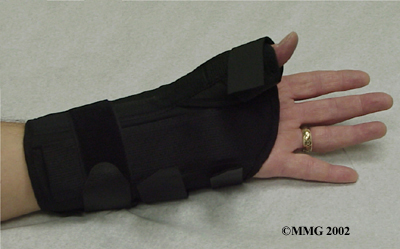 As this syndrome often comes on due to repetitive activity, it is most important to stop or change the activities that are causing your symptoms. Taking frequent breaks when doing repeated hand and thumb movements is also important. If possible, we will encourage you to avoid repetitive hand motions such as heavy grasping, wringing, or turning and twisting movements of the wrist. Downhill skiers may get relief by avoiding heavy planting and dragging of their ski poles and by getting a shorter pole with a smaller basket diameter which reduces the drag and force transmitted to the wrist.
As this syndrome often comes on due to repetitive activity, it is most important to stop or change the activities that are causing your symptoms. Taking frequent breaks when doing repeated hand and thumb movements is also important. If possible, we will encourage you to avoid repetitive hand motions such as heavy grasping, wringing, or turning and twisting movements of the wrist. Downhill skiers may get relief by avoiding heavy planting and dragging of their ski poles and by getting a shorter pole with a smaller basket diameter which reduces the drag and force transmitted to the wrist.
In addition to giving the wrist as much rest as possible, keeping your wrist in a neutral alignment will also assist in the healing process. In other words, keep it in a straight line with your arm, without bending it down and in. This position avoids the stress caused by stretching the tendons in this area. Your physiotherapist may even suggest the use of a splint for the area, which keeps the thumb and wrist from moving excessively and helps to keep the wrist in the neutral position. Resting for the wrist extensor tendons and the thumb muscles allows the area to begin healing.
As part of your treatment your physiotherapist may check your workstation set-up and observe the way you do your daily tasks. We will also educate you about healthy body alignment and proper wrist positions. It is our belief at One Wellness that preventing future problems is as much a part of our treatment as getting rid of your existing pain.
Once the initial pain and inflammation has calmed down, your physiotherapist will focus on improving the mobility and strength of your wrist and thumb. Simple regular wrist stretching exercises will be prescribed and should be done within the limits of pain. Strengthening exercises will also be prescribed. These exercises will focus on improving both the strength of the wrist and thumb muscles, but also the ability of the hand to grip and exert force when twisting or grabbing. Exercises to improve strength will include eccentric exercises for the area. Eccentric contractions occur as the muscle lengthens and the tendon is put under stretch while resisting a force. Your physiotherapist will advise you when it is the appropriate time to start these exercises. Eccentric exercises for the wrist are done by dropping the wrist down slowly at first and then, as able, progressing to a quick motion. These exercises will put the enough stress through the injured area to start building up the tensile strength in the tissues and associated muscles. In addition to eccentric exercises, therapeutic putty might be used which adds some resistance to finger and hand motions, or simple ball gripping or handle twisting exercises may be prescribed. As you become stronger, weights or resistance bands will be used to further build up strength. Fine motor control and dexterity exercises for your thumb and hand may also be added into your rehabilitation routine depending on your occupation or the cause of your injury. If possible, we will tailor the exercises we give you to simulate the functional activities used in daily living or in your occupation.
Being that intersection syndrome is most often caused by repetitive stress in the first place, close monitoring of your rehabilitation program by your physiotherapist at One Wellness is necessary to ensure excessive stress is avoided and that you do not re-injure the area during your rehabilitation.
The use of anti-inflammatory medications may be helpful to control the swelling of thetenosynovium and ease symptoms. These medications include common over-the-counter medications such as ibuprofen and aspirin or stronger prescribed medications. Your physiotherapist may suggest you see your doctor to discuss the use of anti-inflammatories or pain-relieving medications in conjunction with your physiotherapy treatment.
If rehabilitation, rest, and oral medications fail to control your symptoms, we may liaise directly with your doctor regarding their opinion on an injection of cortisone. Cortisone is a very effective anti-inflammatory medication. Cortisone injections will usually control the inflammation in the early stages of the problem, however, cortisone's effects are generally temporary, lasting from several weeks to months. This pain-free window of time, however, often allows your physiotherapist at One Wellness enough time to implement rehabilitation that can cease the onset of further episodes of pain and injury.
If nonsurgical treatment is successful, you should see improvement in four to six weeks. You may need to continue wearing your splint to control symptoms. You should continue to try to do your activities using healthy body and wrist alignment and limit activities that require repeated motions of the wrist and thumb.
One Wellness provides services for physiotherapy in Canmore.
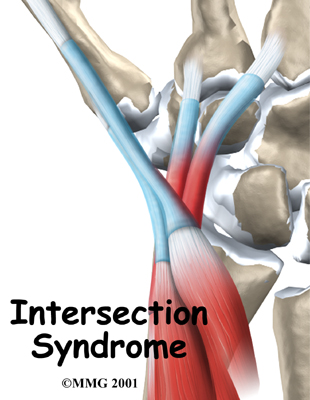


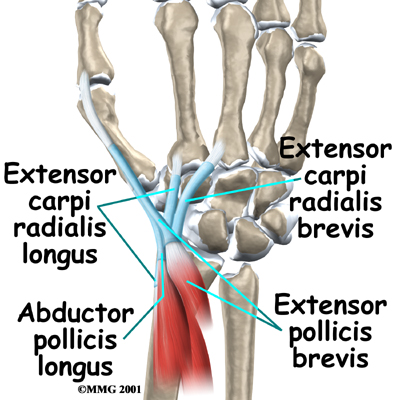
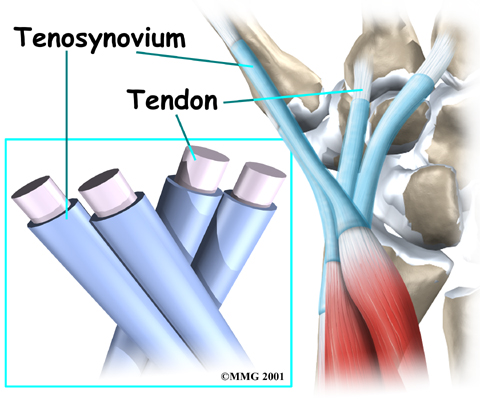
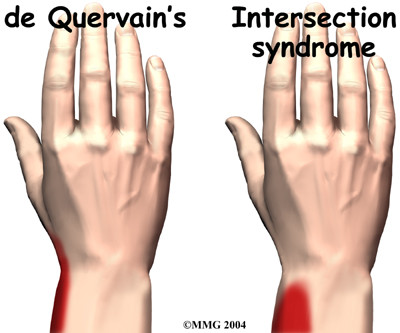 Next we will do a physical examination. We will palpate all around the wrist to determine you most tender point. We will also look for swelling or redness in the area. Next we will check the strength of your muscles around the wrist, elbow, and hand. We may ask you to resist certain movements while checking for pain or discomfort. We may even do a grip strength test to determine if your condition has caused you to lose some of your strength and to get a baseline measure so we can easily track your improvement with rehabilitation.
Next we will do a physical examination. We will palpate all around the wrist to determine you most tender point. We will also look for swelling or redness in the area. Next we will check the strength of your muscles around the wrist, elbow, and hand. We may ask you to resist certain movements while checking for pain or discomfort. We may even do a grip strength test to determine if your condition has caused you to lose some of your strength and to get a baseline measure so we can easily track your improvement with rehabilitation. As this syndrome often comes on due to repetitive activity, it is most important to stop or change the activities that are causing your symptoms. Taking frequent breaks when doing repeated hand and thumb movements is also important. If possible, we will encourage you to avoid repetitive hand motions such as heavy grasping, wringing, or turning and twisting movements of the wrist. Downhill skiers may get relief by avoiding heavy planting and dragging of their ski poles and by getting a shorter pole with a smaller basket diameter which reduces the drag and force transmitted to the wrist.
As this syndrome often comes on due to repetitive activity, it is most important to stop or change the activities that are causing your symptoms. Taking frequent breaks when doing repeated hand and thumb movements is also important. If possible, we will encourage you to avoid repetitive hand motions such as heavy grasping, wringing, or turning and twisting movements of the wrist. Downhill skiers may get relief by avoiding heavy planting and dragging of their ski poles and by getting a shorter pole with a smaller basket diameter which reduces the drag and force transmitted to the wrist.

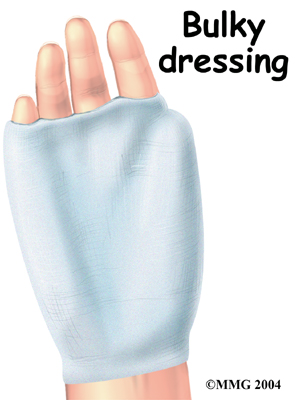


 (403) 679-7179
(403) 679-7179  concierge@one-wellness.ca
concierge@one-wellness.ca 

